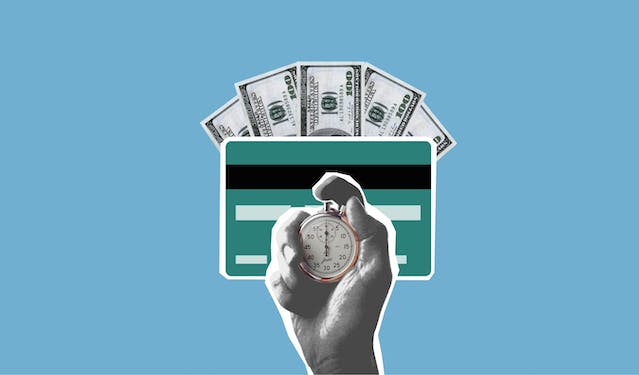
Refinishing is a transformative process that can breathe new life into old and worn household items, from furniture to floors and everything in between. It’s not just about aesthetics; it’s about preserving memories, reducing waste, and, most importantly, getting the most value for your money. In this article, we’ll delve into the world of refinishing and explore how you can make the most of your refinishing projects. Refinishing can be a cost-effective way to update your living space without breaking the bank, from furniture to stools to floors. Refinishing is a great option whether you’re looking to restore a family heirloom or give an old piece of furniture a fresh new look. With the right tools, techniques, and a little bit of creativity, you can transform almost any item into a beautiful, one-of-a-kind piece that you’ll be proud to display in your home.
Understanding Refinishing
Refinishing is the art of restoring or upgrading the look and functionality of items. It’s a transformative process that goes beyond the surface, breathing new life into items that have seen better days. It’s a bit like giving your belongings a second chance to shine. Whether you’re dealing with chipped tile, aging hardwood floors, or weathered kitchen cabinets, refinishing is the art of reviving their beauty and functionality.
At its core, refinishing involves stripping away the old, worn-out layers and carefully applying fresh finishes, be it paint, stain, or a protective coat. It’s a methodical and rewarding craft that not only rejuvenates your items but also allows you to put your personal touch on them. The result? A refreshed look that can rival brand new, without the hefty price tag.
Refinishing provides an economical alternative to purchasing new items. When weighing the cost of refinishing against buying brand-new fixtures, furniture, or flooring, you’ll quickly realize the substantial savings refinishing can offer. However, it’s not just your wallet that benefits. Consider the environmental advantages as well. Refinishing contributes to a more sustainable lifestyle by reducing waste and lowering your carbon footprint—an investment that benefits both your home and the planet.
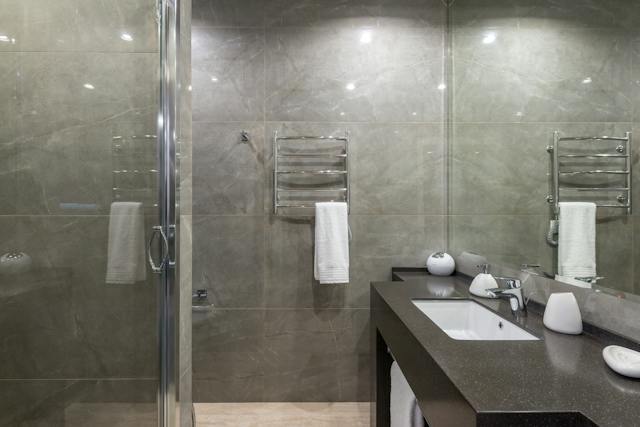
Maximizing the Value of Refinishing Projects
Maximizing the value of refinishing projects should be a top priority for homeowners or property owners looking to enhance the appearance and appeal of their space. Here are three reasons why:
1. Practicality
In a world where new items seem tempting, refinishing offers a budget-friendly alternative that can save you a significant amount of money. The cost of buying new furniture or replacing old flooring can quickly add up, making refinishing an attractive option for those looking to make the most of their hard-earned dollars.
2. Sustainability
Beyond the financial aspect, refinishing is an environmentally conscious choice. When you choose to refinish instead of replace, you’re reducing the demand for new resources and minimizing the amount of waste ending up in landfills. It’s a small but impactful way to contribute to a greener future.
3. Sentimentality
Sometimes, the value of an item goes far beyond its price tag. It’s about the memories associated with a well-loved piece of furniture, the history of an heirloom passed down through generations, or the character of your home’s vintage cast iron tub. Refinishing allows you to preserve these stories and sentiments, making it a heartwarming journey of nostalgia and connection.
Identifying Surfaces or Furniture That Could Benefit from Refinishing
Not every piece of furniture or surface in your home is a suitable candidate for refinishing. To make the most of your refinishing endeavors, start by identifying items that could benefit from a makeover. Here are some key considerations:
1. Structural Integrity
Before embarking on the refinishing journey for your bathtub, shower, or tile, it’s essential to assess their structural integrity. Ensure that these fixtures are in good condition, and free from significant cracks, leaks, or structural issues. If you notice wobbling, severe damage, or problems beyond repair, refinishing might not be the ideal solution. Addressing any structural concerns beforehand is key to achieving a successful and long-lasting refinishing outcome.
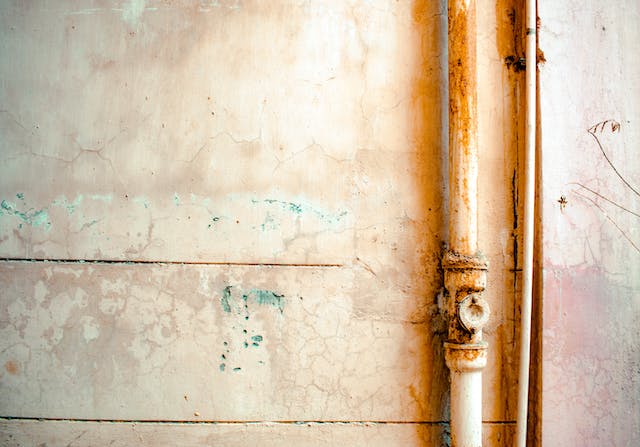
2. Quality Material
When it comes to refinishing bathroom items like bathtubs, showers, or tiles, the choice of materials is crucial. Seek out high-quality refinishing products designed specifically for these surfaces. Quality materials ensure a durable and long-lasting finish, transforming your bathroom fixtures into stunning, like-new features.
3. Functionality
Consider the current state of your fixtures and evaluate how refinishing can enhance their usability. Reviving an aging bathtub can provide a luxurious space for relaxing baths while refinishing worn tiles can rejuvenate your bathroom’s appearance and functionality. Refinishing can breathe new life into these surfaces, making your daily routines more enjoyable and efficient.
Considering the Time, Effort, and Cost Involved in Refinishing
Refinishing projects vary in complexity and can range from relatively simple to quite involved. Before committing to a project, take into account the time, effort, and cost it will require. Here’s what to keep in mind:
1. Time
Refinishing can be time-consuming. The duration of your project may vary, with some smaller projects taking only a day and others spanning a week or more. It’s essential to assess your schedule and choose a project that aligns with your availability.
2. Effort
The level of effort can also vary significantly. Refinishing a bathtub, for instance, demands careful preparation and application of refinishing materials. Stripping old finishes and properly refinishing these surfaces can be physically demanding. It’s essential to recognize that larger projects may require more physical exertion and patience than smaller ones.
3. Cost
Determining your budget for refinishing your bathroom fixtures is a critical step. Consider the cost of refinishing materials, specialized equipment, and any tools needed for the project. It’s important to be realistic about what you can afford and select a project that fits within your budget constraints.

4. Longevity
Some refinishing projects—like showers—can give you a “like new” surface for years. Others— like floor tile—typically show wear and tear sooner. Make sure you have realistic expectations about the duration of your “like new” fixtures.
Exploring Different Refinishing Methods
Once you’ve identified a suitable project, it’s time to delve into the world of refinishing techniques. There are various methods to choose from, each with its own set of advantages and disadvantages. Some common refinishing methods include:
1. Painting
This is an excellent choice for items like doors, ceilings, or furniture with a worn or damaged finish. It offers a wide range of color options and can give your piece a fresh, modern look.
2. Staining
Staining is ideal for wooden surfaces, as it enhances the natural beauty of the wood grain. It’s a popular choice for hardwood floors, tables, and cabinets.
3. Refinishing With Varnish or Polyurethane
These finishes provide durability and protection. They’re often used on high-traffic surfaces like floors.
4. Antiquing and Distressing
If you want to give your piece a vintage or rustic look, antiquing and distressing techniques can achieve that charming, aged appearance.
Budgeting for Refinishing Projects
Refinishing projects come in all shapes and sizes, and so do their associated costs. To ensure you’re making the most of your refinishing endeavors while keeping your finances in check, it’s essential to set a realistic budget. Here’s a breakdown of key factors to consider:
1. DIY vs. Professional Costs
Consider whether you’re taking the DIY route or hiring professionals. DIY projects generally have lower labor costs but may require more time and effort on your part, and perhaps even a professional fix if you’re not that handy. Professional services can be more efficient but come with associated fees.
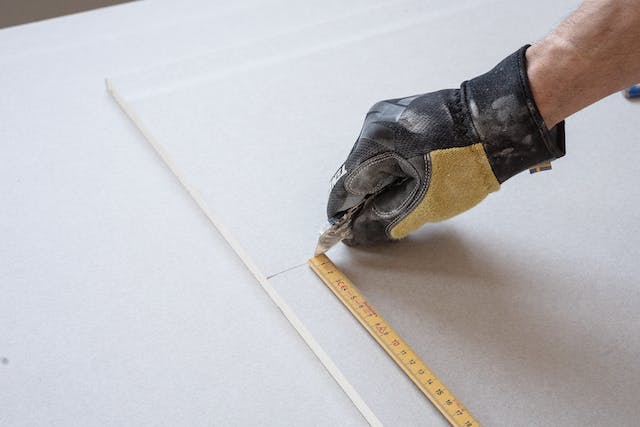
2. Labor
If you plan to hire professionals to do the work, labor costs will be a significant portion of your budget. Get quotes from reputable refinishing contractors and ensure their fees align with your budget. If not, reconsider the scope of your project to do part now and more later when you have more budget.
3. Material
The cost of materials can vary significantly depending on the project’s size and the quality of the products you choose. When budgeting, factor in the paint, stain, varnish, sandpaper, brushes, and any other materials specific to your project. Remember that higher quality materials generally will give you longer-lasting results.
4. Tools and Equipment
Depending on your project, you might need various tools and equipment, such as sanders, brushes, or safety gear. If you don’t already own these items, include their cost in your budget if choosing to DIY.
5. Contingency Fund
It’s wise to set aside a small contingency fund within your budget to account for unforeseen expenses or changes in the project scope. Sometimes, you might discover additional repairs or issues that need attention, adding to the overall cost. This is especially likely if you choose to DIY.
Finding the Best Quality Materials Within Your Budget
The quality of materials you use can significantly impact the outcome of your refinishing project. While it’s essential to stay within your budget, it’s equally important to invest in materials that will stand the test of time. Here are some tips:
- Look for high-quality paints or stains that are appropriate for your project. Consider factors like durability and ease of application.
- Different grits of sandpaper are essential for the refinishing process. Invest in sandpaper that matches the needs of your specific project.
- If your project requires a protective finish like varnish or polyurethane, opt for a product known for its durability and resistance to wear and tear.
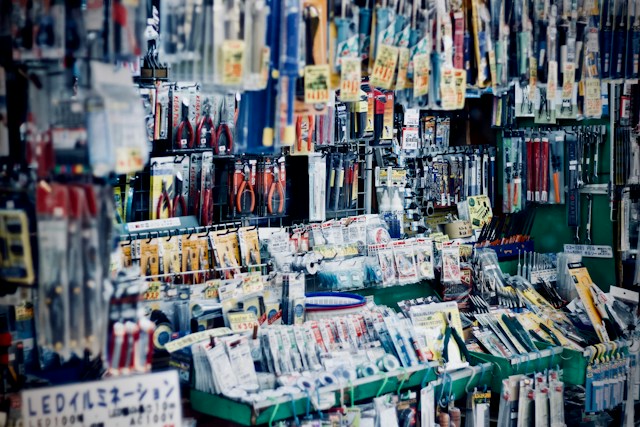
Maintaining and Preserving the Refinishing Work
Once your refinishing project is complete, it’s crucial to maintain its beauty and functionality over time. Just as refinishing breathed new life into your cherished items, proper care ensures that the revitalized surfaces continue to shine. You can extend the lifespan of your refinishing projects and enjoy their enhanced appearance for years to come.
These tips will help you preserve the refinished work:
- To preserve the beauty of your refinishing results, regular cleaning and upkeep are essential. Simple routines like dusting and cleaning with appropriate products can prevent wear and tear over time.
- Incorporate protective measures into your daily life to avoid damage. Coasters, placemats, and felt pads can protect surfaces from scratches while avoiding a suction cup bath mat can mitigate the risk of pulling up the new surface.
- Proper storage and handling are crucial, especially for delicate items. Use proper storage techniques to protect your refinished pieces from accidental damage during use or when stored.
Refinishing isn’t just a cost-saving measure; it’s a way to breathe new life into your belongings, reduce waste, and cherish the memories associated with your items. By following the tips and guidelines in this article, you can embark on your own refinishing plans with confidence, knowing that you’re getting the most bang for your buck.



